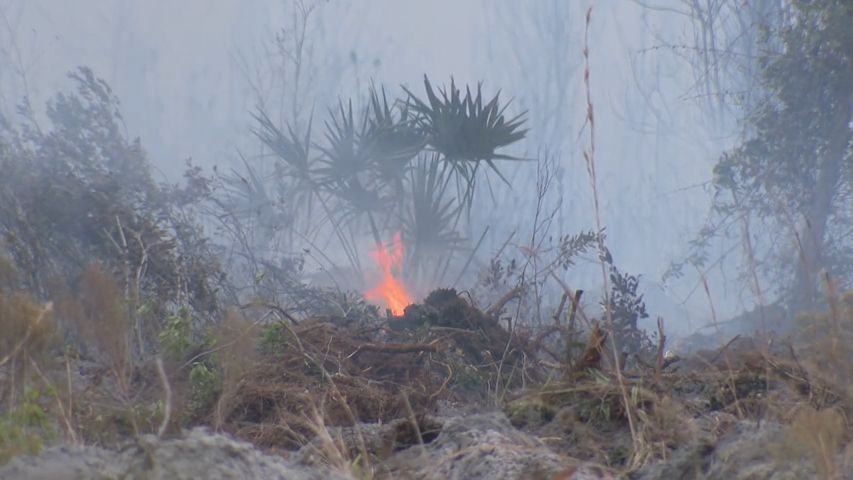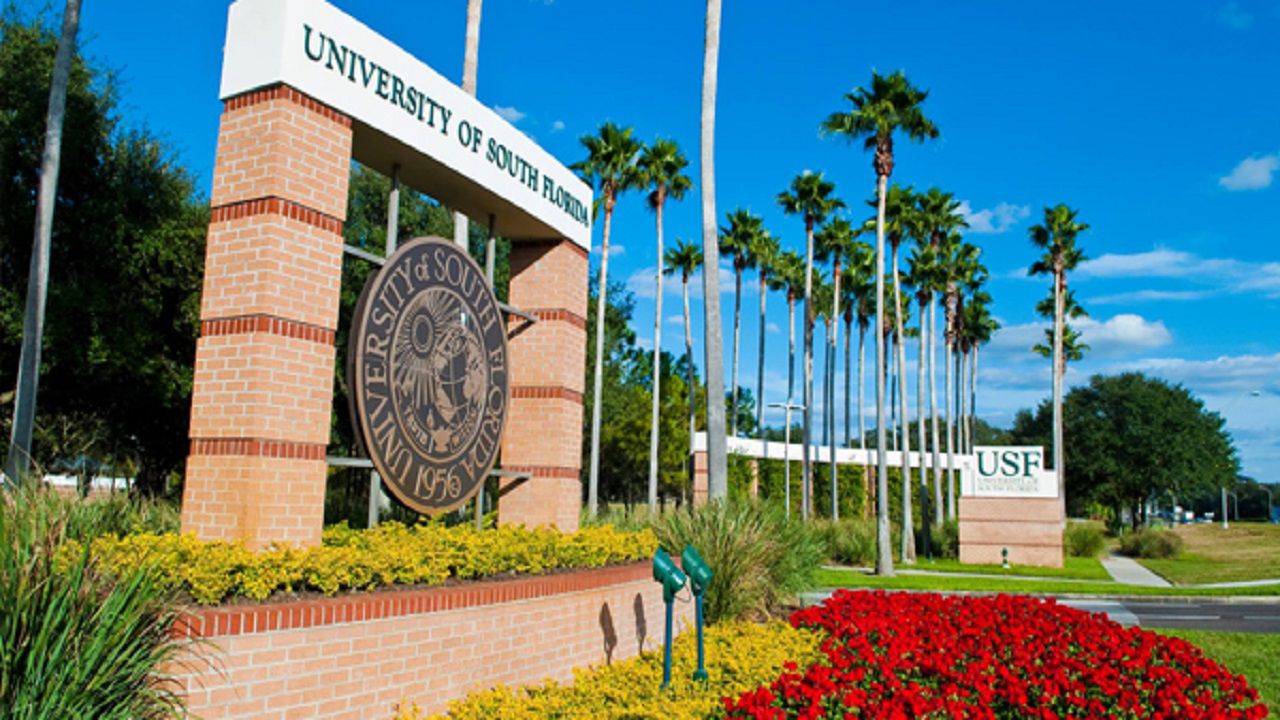TAMPA, Fla. — The recent cold weather helped move us through the worst of the red tide, but officials say we’re not completely out of the woods yet.
A Florida scientist detected red tide in 79 samples along Florida’s Gulf Coast in the last week.
“We can’t stop the bloom that was initiated from the hurricane, but we can definitely take measures to not make that bloom more severe,” said Captain Chris Wittman of Captains for Clean Water.
Records show just under 1,000 pounds of dead fish were picked up from St. Pete Beach in the beginning of March and even though that amount is decreasing, experts out of Fort Myers say the smallest change in the ocean current can change that.
“We see those discharges with very nutrient rich, polluted water from Lake Okeechobee being dumped on the coast where there’s a red tide present. That’s like throwing fuel on a forest fire,” said Wittman.
Captain Wittman said Hurricane Ian is what quickened the spread of red tide in Fort Myers.
“Red tide is an organism that can feed very much like a plant, so it can take up nitrogen and some phosphorus," said Wittman. “For humans, it can cause respiratory issues, sinus irritation, make your eyes water (and) your throat scratchy. For marine life, when it becomes very potent, it can kill everything from fish to crabs and shrimp, all the way up to mammals, dolphins, manatees and sea turtles."
We typically see the red tide to the north of Tampa and south of Naples.
“It’s not uncommon to see a red tide bloom initiate off Sarasota and blow north to Tampa or Sanibel,” he said.
Wittman is now encouraging people to hold city leaders accountable.
“The biggest thing that we as citizens and people affected by water quality can do is to get involved and advocate for good water policy,” Wittman said.





